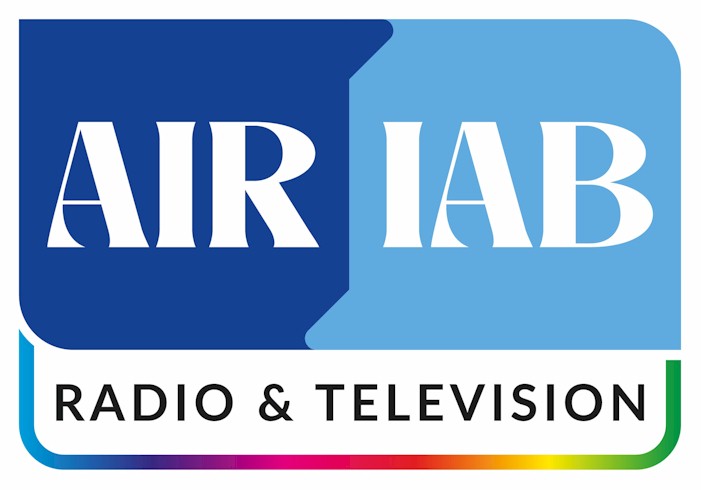Every two years the Federal Communications Commission must prepare a report assessing the state of the audio and video markets. As it drafts the 2022 edition, the National Association of Broadcasters says the story remains quite similar to the previous report with local radio and TV stations competing against a litany of online content providers. Yet the NAB says regulators have yet to adopt policy changes to reflect those “undisputed marketplace realities” that have only been exacerbated by the pandemic.
“Local broadcasters should not have to compete with these rivals while encumbered by antiquated and asymmetric regulatory restrictions precluding competition on an even remotely level playing field,” NAB says in a filing to the FCC as part of its biannual proceeding (GN Docket No. 22-203).
When the 2020 edition was released, the FCC’s previous biennial report acknowledged the expanding competition in the audio market faced by local radio stations. It found the audio market was divided into three segments – broadcast radio, satellite radio and digital providers. The NAB agreed with that assessment and it is now urging the Commission, currently led by Chair Jessica Rosenworcel, to not retreat from the conclusions drawn under the previous administration. “Competition among these various marketplace participants has become even more fierce over the past two years,” the trade group says. “These trends have further fragmented the formerly mass audience for AM/FM broadcasting and, when combined with consumers spending less time in automobiles due [to] the pandemic, further reduced listening to terrestrial radio.”
Beyond what NAB calls unprecedented competition, it says the ad market has suffered a “pandemic shock” that “harmed” local radio stations – many of which it says had never fully recovered from the Great Recession of 2008. In the 2020 version of the report, it also predicted a “substantial” drop in radio stations’ ad revenues for 2020, due to the pandemic-related recession. The NAB says those predictions proved to be correct, leaving many stations “struggling” to regain their pre-COVID position in the marketplace.
Need To ‘Reexamine’ The Rulebook
More than an exercise in self-assessment, the NAB says the data collected by the FCC should serve as motivation for what it sees as the need to “reexamine” current media ownership rules with an eye toward eliminating or revising rules that “uniquely burden” broadcast stations but not the larger competitors backed by Big Tech companies.
“The Commission must consider the real-world consequences of imposing, in a highly competitive marketplace, a burdensome and outdated regulatory regime on an advertising supported industry with high operational costs that must nonetheless provide audio and video content in markets across the country at no cost to the public,” NAB says, warning, “Without changes, there will come a time when the math simply does not add up.”
NAB also thinks SiriusXM has become a “more formidable competitor” in the audio marketplace during the past few years. Not only is it in 82% of new vehicles sold, but the satellite radio operator has also begun offering a small number of free, ad-supported channels. And by acquiring Pandora and Stitcher and creating the SXM Media unified sales team, it has allowed the company to make greater inroads with national advertisers.
Royalty Backers Make Case To FCC
The music industry is also weighing in with its assessment of the audio market, with its fight to win a performance royalty hanging over its comments. The musicFirst Coalition and the Future of Music Coalition tell the FCC that while on the one hand radio stations have a “declining” share of the audio market, they also say AM/FM has a “a significant competitive advantage” because it does not pay royalties for on-air spins under current federal copyright law. The two groups also urged the FCC to reject attempts to expand local radio ownership limits, saying it would have an effect on music creators and lead to a “reduction in diversity” of what is played on-air.
Report Expected By Year-End
The biennial assessment is written by the Office of Economics and Analytics. In a rulemaking launched in May the FCC has proposed using a similar framework as in the past. That means analyzing various audio mediums in three separate silos – broadcast radio, satellite radio, and online audio and podcast providers. It is also looking for input into whether the current laws and regulations make it harder for entrepreneurs and other small businesses in the audio marketplace.
For now, the next round of reply comments is due at the FCC by Aug. 1. The Communications Marketplace Report will likely be published in December.
- Source: Inside Radio
